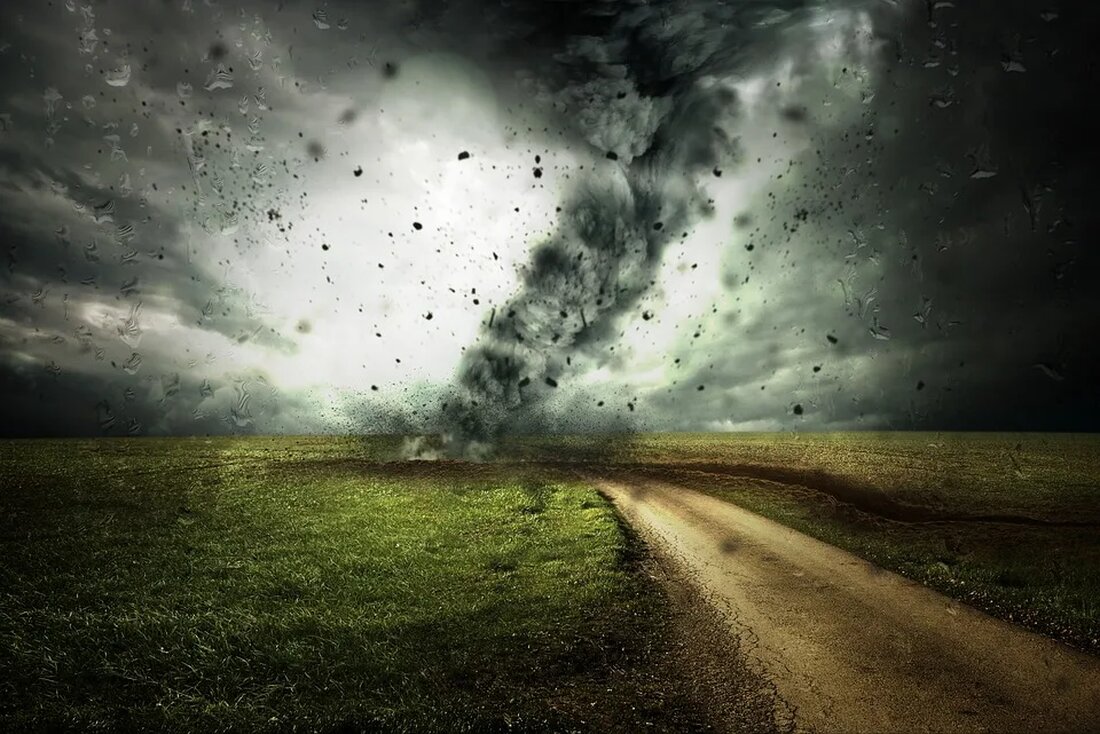How climate change is changing alpine ecosystems
Alpine ecosystems, which are home to a wide variety of flora and fauna and serve as the world's important water reservoirs, are facing dramatic upheaval due to climate change. These changes have far-reaching effects on the balance of these delicate ecosystems. In this article we examine how climate change is changing alpine ecosystems and what measures are needed to preserve these landscape treasures. Effects on flora Species change Temperatures are rising worldwide, but temperatures are rising particularly quickly in high mountains. The ground stays free of snow for longer, allowing plants to grow and extending the growing season. Low-growing alpine plants of this cool and humid climate, which slowly...

How climate change is changing alpine ecosystems
Alpine ecosystems, which are home to a wide variety of flora and fauna and serve as the world's important water reservoirs, are facing dramatic upheaval due to climate change. These changes have far-reaching effects on the balance of these delicate ecosystems. In this article we examine how climate change is changing alpine ecosystems and what measures are needed to preserve these landscape treasures.
Effect on the flora
species change
Temperatures are rising worldwide, but temperatures are rising particularly quickly in high mountains. The ground stays free of snow for longer, allowing plants to grow and extending the growing season. Low-growing alpine plants in this cool and humid climate, which grow slowly and with modest resources, are dominated by lowlands. However, they have intense competition and high growth rates. Over time, this leads to species change that is difficult to predict.
Migratory vegetation zones
The plant species in the high mountains depend on cooler temperatures. With global warming, they are no longer able to survive in their traditional habitats and consequently they are “migrating” to higher altitudes. As the temperature rises in lower zones, species from those zones begin to move upward, putting further pressure on the original species.
Impact on fauna
Disruption of food chains
The shifts in flora and vegetation have a direct impact on the rest of the ecosystem. Different animals rely on certain plants as a source of food. Therefore, any disturbance to vegetation can lead to a domino effect on wildlife.
Changes in animal behavior and distribution
Marmots, mountain hares and other alpine species are responding to warming by changing their behavior, for example by waking up earlier from their hibernation or changing their migration routes. Climate change is also causing an “upward push” in many species, as is the case with plants. As a result, the territory of the rock ptarmigan, for example, is becoming smaller and smaller.
Impact on alpine waters
Melting of glaciers
One of the most obvious effects that climate change is having on alpine ecosystems is the melting of glaciers, which is already visible from afar. This phenomenon is caused by rising temperatures and has long-term impacts on water resources. Because glaciers are an important source of rivers and lakes in summer, their retreat has far-reaching effects on freshwater ecosystems.
Changes in water quality
The melting of glaciers also changes the quality of water. As glaciers melt, nutrients such as phosphorus and nitrogen penetrate into the water and thus influence the growth of plants and microorganisms. This can affect the water quality and disrupt the balance in the body of water.
Measures to preserve alpine ecosystems
Monitoring programs
It is important to collect accurate data on changes in alpine ecosystems. A wide variety of scientific monitoring programs are carried out for this purpose. This data can be used to develop strategies to help affected regions.
Adaptation strategies
Both humans and animals need to adapt to deal with the effects of climate change. For example, creating wildlife corridors can help enable animals to migrate to higher, colder areas. At the same time, restrictions and bans in the area of high mountain tourism should be increasingly considered in order to protect the sensitive ecosystems.
Reducing greenhouse gas emissions
However, the most important measure to preserve Alpine ecosystems is to drastically reduce greenhouse gas emissions. Climate change, caused by humans, is the cause of temperature increases and thus the resulting changes in the Alpine landscape. Only through a global shift towards more sustainable lifestyles and the use of renewable energy sources can we hope to slow climate change and preserve our valuable alpine ecosystems.
Conclusion
The Alpine ecosystems, home to numerous plant and animal species and important water reservoirs in the world, are massively affected by climate change. Climate change mitigation measures and adaptation strategies must be urgently advanced to preserve these unique ecosystems for future generations. Protecting Alpine ecosystems is a global responsibility that we should all share. It is our duty to work to preserve this precious natural heritage.

 Suche
Suche
 Mein Konto
Mein Konto
